PARTNER CONTENT
This content was produced by Automotive Manufacturing Solutions in partnership with ArcelorMittal.
Philippe Aubron, Head of Global Automotive at ArcelorMittal explains how the automotive producer’s Multi Part Integration (MPI) solves multiple manufacturing challenges and assists automakers to cut costs and exceed critical targets.
The global automotive industry is facing multiple challenges with many seeking out multiple solutions. As a global leader in steel technology, ArcelorMittal is constantly innovating to find ways to achieve more through the Power of Less. The Multi Part Integration (MPI) automotive manufacturing solution does exactly that. In response to the many challenges of today and the future, MPI combines multiple solutions into one.
Already implemented in many OEM manufacturing facilities across the world, MPI simplifies operations by providing flexibility across a multitude of vehicle types. It enhances lightweighting and improves crash performance, all while reducing the CO2 footprint and making a significant contribution to Life Cycle Assessment (LCA) goals.
Multi Part Integration (MPI) enables high levels of flexibility and fast time to market
Carmakers are looking for more flexibility as they integrate the production of ICE, hybrid and battery-electric vehicles on the same manufacturing lines. MPI is the answer to those needs, providing flexibility, a faster time to market and critically, the ability to respond to changes quicker.
”MPI requires 10 per cent fewer spot welds and the need for fewer robots means the required floor size is cut by up to 14%”
This world-leading solution started on ICE vehicles in the United States and has now been implemented around the world including at large scale to manufacture battery-electric vehicles in China. But it is not about one or the other. Carmakers have communicated the need for more flexibility on production lines so they can respond to customer demand. ArcelorMittal has answered that need with the MPI system that caters for specific or multiple powertrains on a single line.
Cutting part counts by 75% and even more automotive production optimisations
MPI also helps to alleviate the constant challenge to reduce costs by delivering significant cost savings through efficiency and a reduction in parts usage. Using MPI can cut the part count compared to traditional methods by as much as 75 per cent, thereby reducing production costs, enhancing sustainability and contributing to increased margins.
In addition, MPI requires 10 per cent fewer spot welds and the need for fewer robots means the required floor size is cut by up to 14 per cent. Material consumption is also down 14 per cent compared to a standard vehicle structure design.
Even before the first components reach the production line, the savings start immediately, with a 10 per cent lower capital expenditure investment for both green and brownfield sites. Switching to MPI couldn’t be easier either, with installation possible during a single annual shutdown period. The initial capex investment includes a much larger furnace and press, but this means a reduction in the number of presses required, a further example of how MPI can reduce costs while also increasing efficiency.
”MPI can reduce production scrap by as much as 20% by eliminating the overlap areas compared to a traditional design”
Safety, sustainability and design for circularity
Safety is another critical merit of the MPI approach. It allows the right grade of steel at the right thickness to be used in the right place to optimise anti-intrusion. It achieves this through a unique safety cage with optimal strength and energy absorption. Crash performance is confirmed using the Charpy dynamic test to ensure that the laser welded blank remains ductile after ablation and fulfils its energy absorption role in the event of a crash. In real world crash situations, the use of MPI has already provided well documented cases where the safety cage has played a critical role in saving lives.
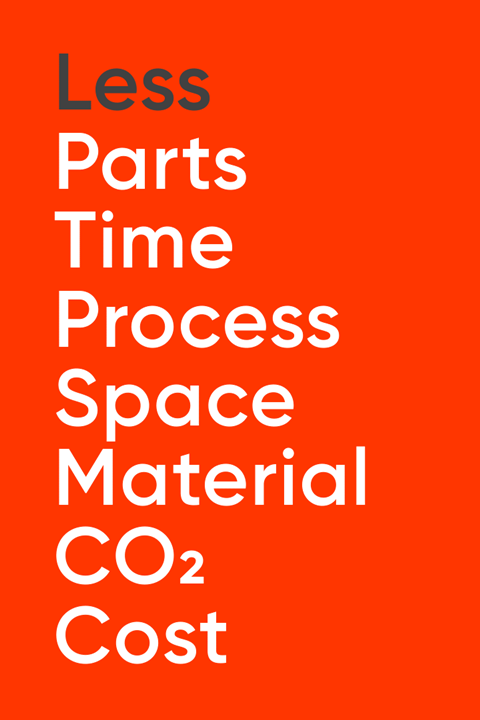
A further contributor to this is the door ring and the double door ring. First implemented in the US a decade ago, this impressive structural design element is rapidly being adopted by automakers across the world. That is especially true in China where OEMs and suppliers have recognised that MPI provides manufacturing flexibility and a very fast time to market, while also adding a level of structural safety that can genuinely save the lives of vehicle occupants.
Then there is the challenge of meeting sustainability targets, here again MPI delivers real results. Even during construction of a greenfield facility, you can have a smaller assembly floor size with less machinery. The reduction in number of presses means less energy usage, something that is further improved by the need for fewer spot welds.
The design of the Body-in-White structure optimises the shape of the blanks to get a more efficient design. This means MPI can reduce production scrap by as much as 20 per cent by eliminating the overlap areas compared to a traditional design. Combine that with 14 per cent less material consumption and lower energy usage and you make a significant contribution to improving sustainability.
”MPI is a real-world differentiator, proving to be cost sensitive, sustainable and scalable, ensuring a future-proof solution that adapts to the future of mobility”
Additionally, ArcelorMittal can produce Usibor 1500 with XCarb recycled and renewably produced substrate from its plant in Sestao, Spain, using a high proportion of recycled steel and 100% renewable electricity. The result is a 70% lower CO2 footprint compared to the same product made via a conventional blast furnace production process. This low-carbon product can be used in combination with other hot-formed grades to deliver significant CO2 savings on parts such as the door ring.
The steel industry has to compete with aluminium, but giga-casting involves higher costs and is currently limited to premium vehicles. MPI can outperform costlier alternatives and through close collaboration with customers, ArcelorMittal will provide innovative designs to meet every requirement.
”(MPI) will continue to be a game changer in designing safer, lighter and more efficient vehicles”
The results speak for themselves. MPI solutions are already being adopted by multiple carmakers globally at a growing rate. As a truly global automotive manufacturing solution, the benefits are immediately recognisable, with significant return on investment, increased flexibility on the production line and crucial enhancements to safety.
MPI is a real-world differentiator, proving to be cost sensitive, sustainable and scalable, ensuring a future-proof solution that adapts to the future of mobility. It will continue to be a game changer in designing safer, lighter and more efficient vehicles, ensuring that those automakers that use MPI will be able to maintain a critical competitive advantage today and tomorrow.
Find out more by contacting ArcelorMittal, here.

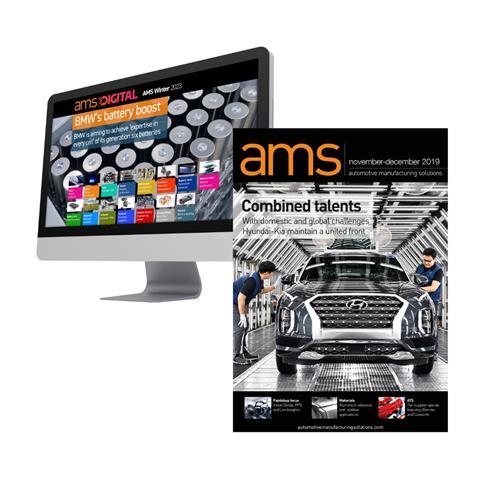
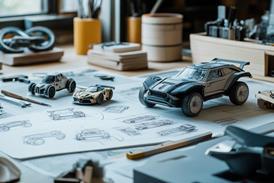
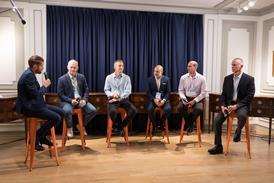
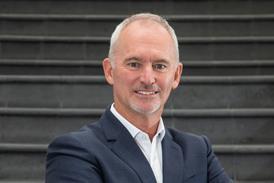



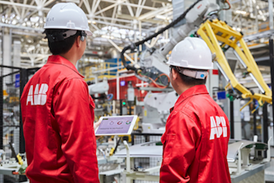
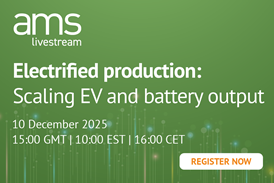
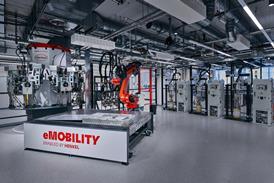
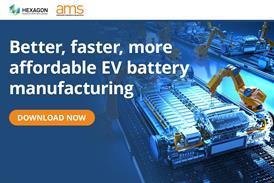
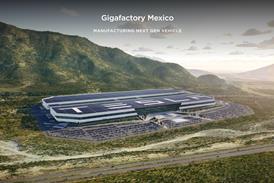
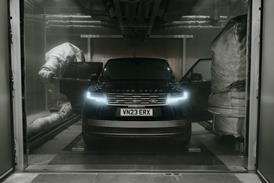
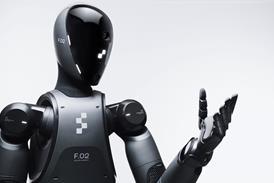
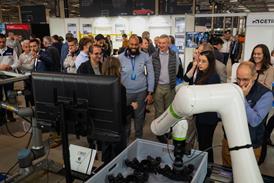
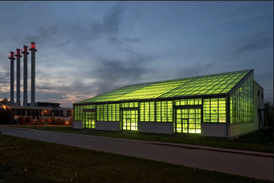
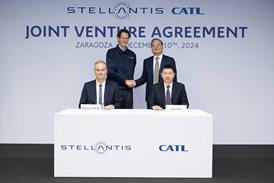
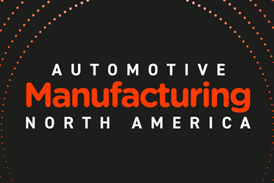
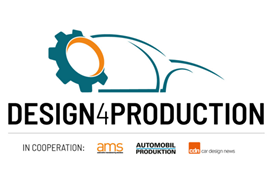
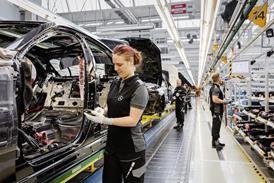
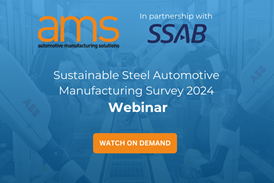
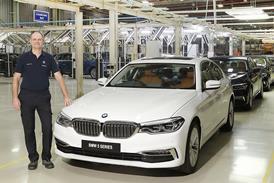
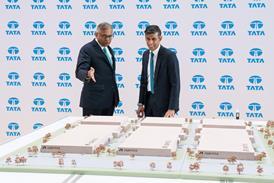

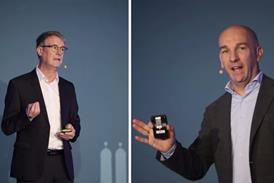
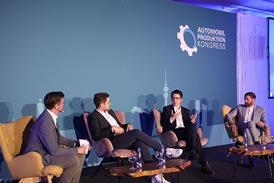
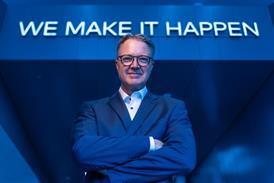
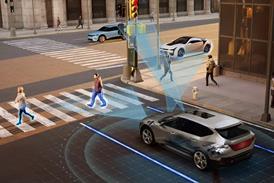
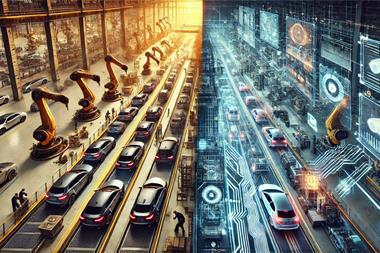
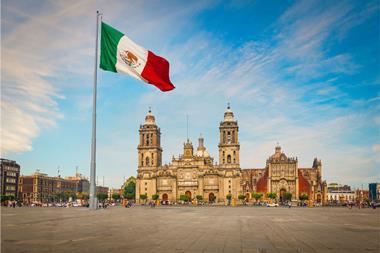
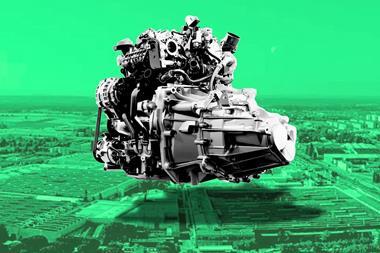
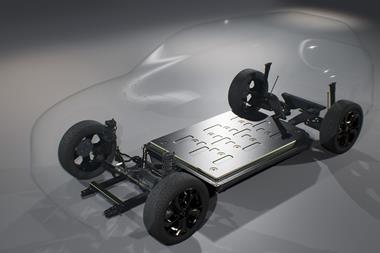




No comments yet